Steel Angle for constructtion
Steel Angle for constructtion Specification
- Coating Type
- Construction framing, industrial shelving, machinery supports, architectural trim
- Recyclable
- non-recyclable
- Product Name
- Steel Products
- Steel Product Type
- Other
- Thickness
- 6 mm Millimeter (mm)
- Shape
- Customized
- Surface
- Polished
- Application
- Construction
- Dimension (L*W*H)
- 50X50X6, 65X65X6, 75X75X9 mm
- Weight
- 0.390-2.864 kg/ft.
- Color
- Silver
Steel Angle for constructtion Trade Information
- Minimum Order Quantity
- 1000 Kilograms
- Payment Terms
- Cash Advance (CA), Cash in Advance (CID), Cheque
- Packaging Details
- Standard, As per requirement,
- Main Domestic Market
- All India
- Certifications
- We are certified under the ISO 9001:2015 standard, with authorized distributor of Memorandum of Understanding (MoU) customer of the Steel Authority of India Ltd. (SAIL).
About Steel Angle for constructtion
Because of its strength, resilience, andadaptability, steel angles are L-shaped structural elements that are frequentlyutilized in building applications. They are frequently utilized in a variety ofstructural frameworks, including beams, braces, trusses, and columns, and theyoffer exceptional support and stability.
Crucial Elements of Steel Angles inConstruction
L-Shaped Style -Steel angles offerstructural support in both horizontal and vertical directions thanks to theirtwo legs that create a 90-degree angle.
Superior Sturdiness & Sturdiness - Superiormechanical strength and resistance to a range of external forces, includingbending, compression, and tension, are provided by steel angles.
Versatility - appropriate for a varietyof construction-related uses, such as bracing, support systems, and structuralframes.
Economical Resolution - Because of itsstrength-to-weight ratio and simplicity of installation, steel angles arereasonably priced.
Steel Angle Applications in Construction-Constructing Structures and Frameworks
utilized to increase stability andload-bearing capability in beams, columns, and trusses as vertical orhorizontal supports.
Systems of Bracing - In high-risebuildings, bridges, and industrial structures, steel angles are frequentlyutilized to provide lateral support and guarantee structural integrity.
Strengthening of Structures - used insupports, roof structures, and frames to increase the construction's overallstrength and longevity.
Warehouses and Sheds for Industry - Perfectfor building load-bearing structures in warehouses, storage facilities, andindustrial sheds.
Pipe Supports & Racks - utilized inindustrial facilities to support mechanical systems like as pipelines.
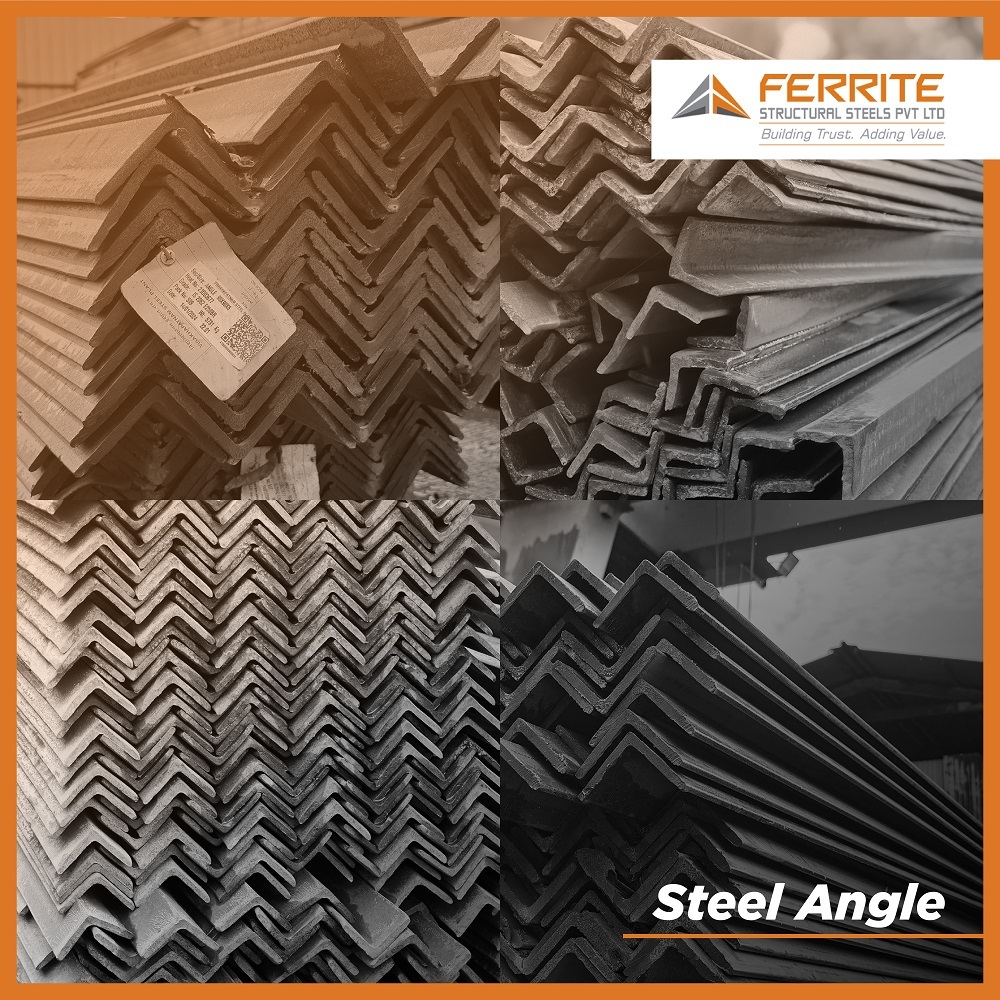

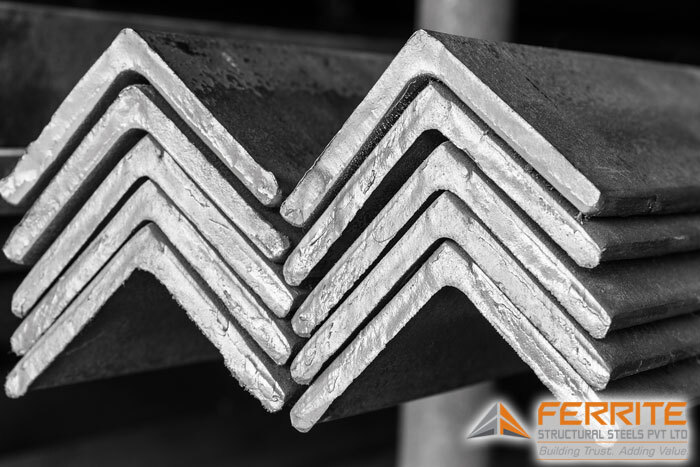
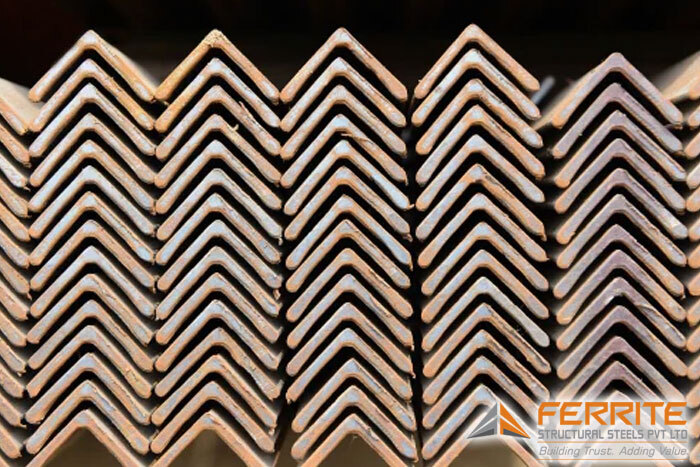
Price 60 INR/ Kilograms
- Minimum Order Quantity
- 1000 Kilograms
- Main Domestic Market
- All India

Price:
- 50
- 100
- 200
- 250
- 500
- 1000+
More Products in Mild Steel Angles Category
IS1852 Angles
Price 57 INR / Kilograms
Minimum Order Quantity : 1 Ton Kilograms
Application : Construction
Recyclable : nonrecyclable
Steel Type : Mild Steel
Steel Product Type : Steel Sheets
Mild Steel Unequal Angle
Minimum Order Quantity : 5 Tons
Application : Construction
Recyclable : nonrecyclable
Steel Type : Mild Steel
Steel Product Type : Steel Sheets
S275-JR Angle
Price 58 INR / Kilograms
Minimum Order Quantity : 1 Ton Kilograms
Application : Construction
Recyclable : nonrecyclable
Steel Type : Stainless Steel
Steel Product Type : Other
Equal Steel Angle
Price 75 INR / Kilograms
Minimum Order Quantity : 1 Ton Kilograms
Application : Construction
Recyclable : nonrecyclable
Steel Type : Stainless Steel
Steel Product Type : Other


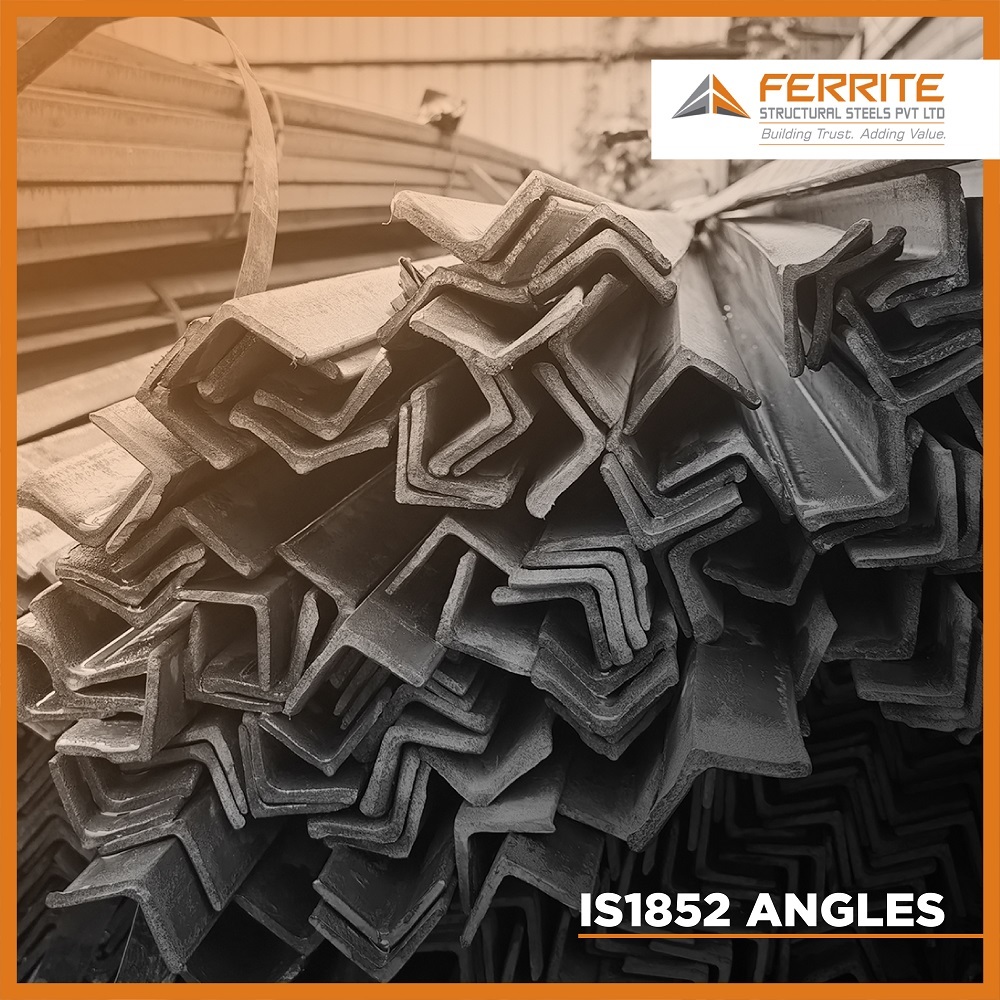
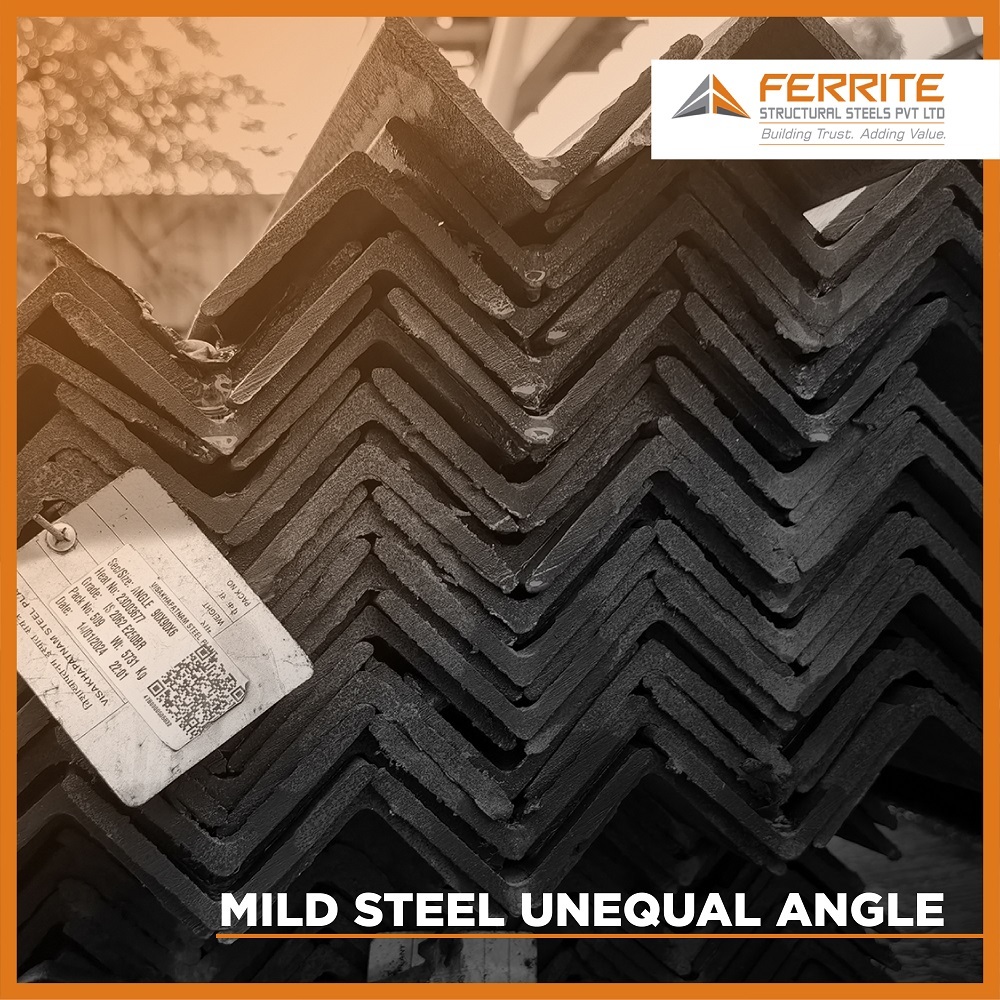
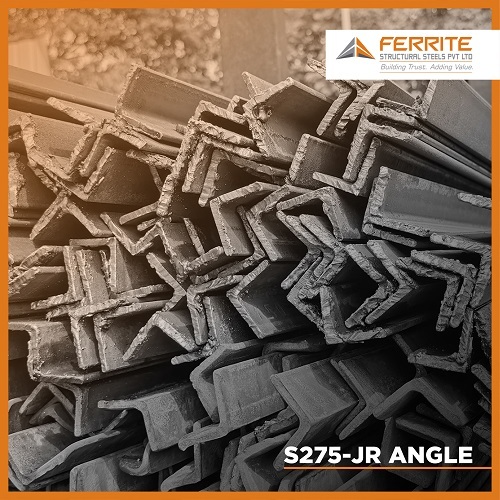
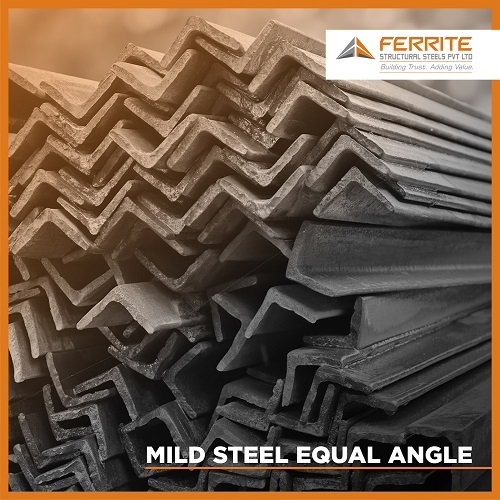
 Send Inquiry
Send Inquiry Send SMS
Send SMS
